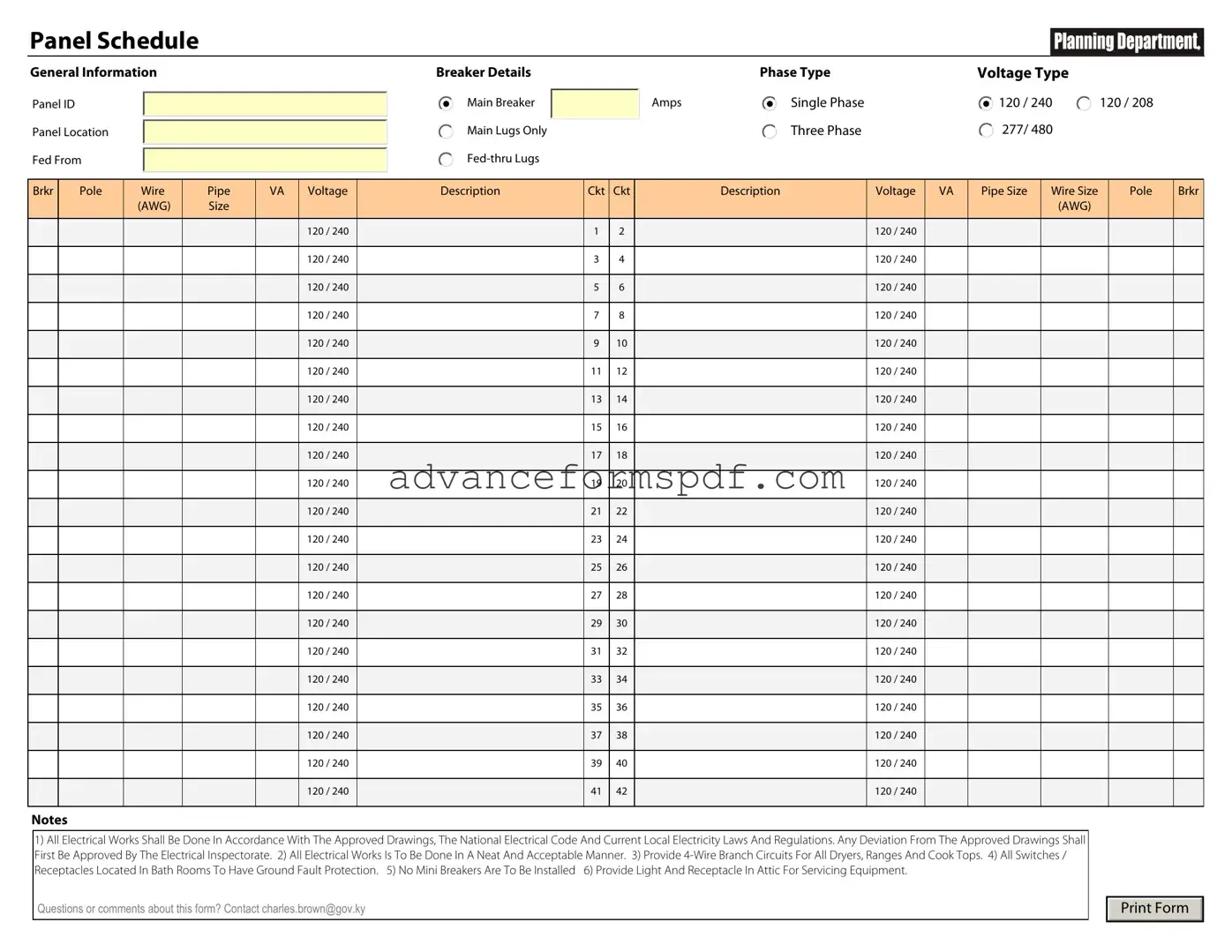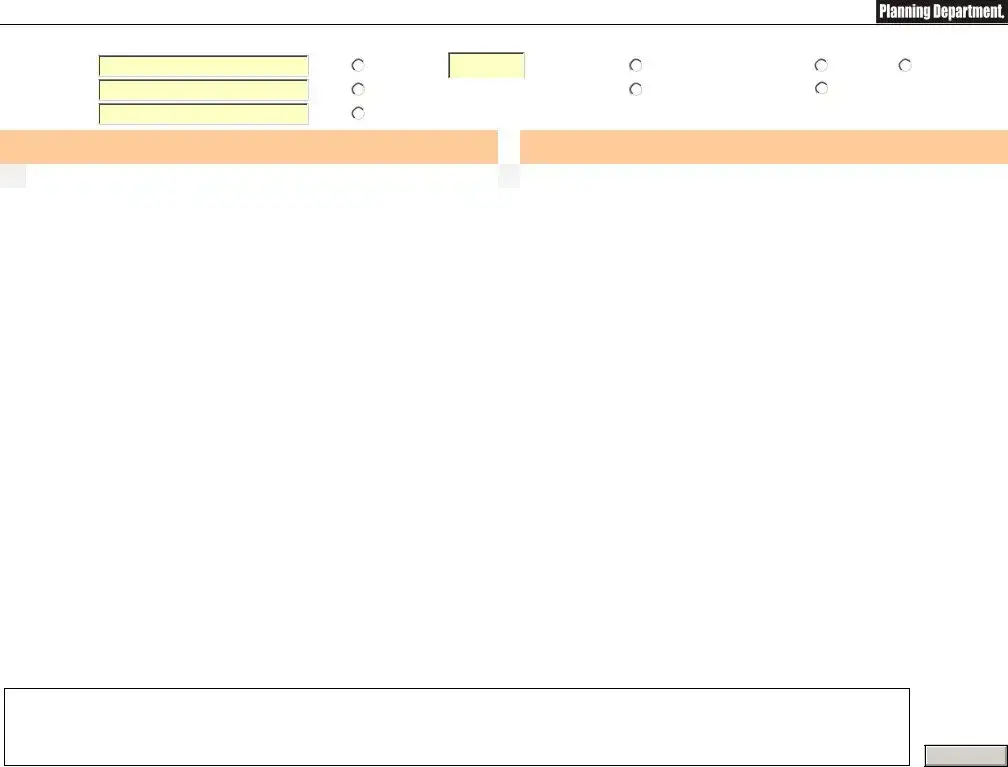Download Electrical Panel Schedule Form in PDF
The Electrical Panel Schedule form is a vital document used in electrical engineering and construction projects to outline the distribution of electrical circuits within a building. It provides a detailed overview of the electrical panel's layout, including circuit numbers, load capacities, and breaker sizes. This form ensures that electrical systems are organized, safe, and compliant with local codes and regulations.
Access Form Online

